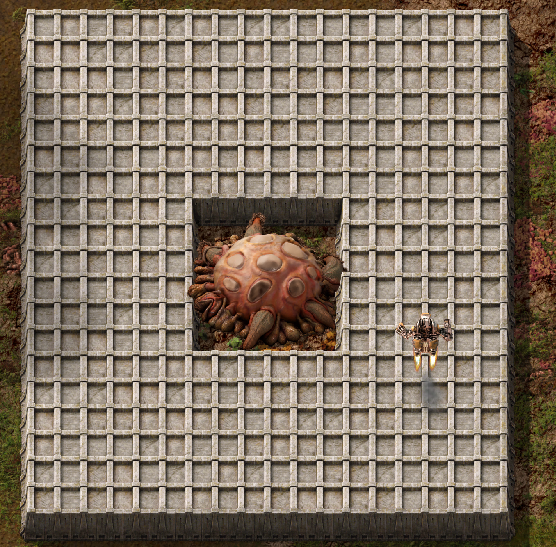Even conspiracies. Learn about where they come from and why they're wrong.
The value in daily notes is having a place to put things down without getting distracted from your main task. The important stuff doesn't stay there. You move them at a later time to their permanent homes.
It sounds like you might be looking at the left image with your right eye and the right image with your left eye. That's what happens when you cross your eyes instead of looking past the image.
But my question is, does it not count as being archived if it's exactly the same message that's posted to another platform that is archived?
It's double sided
I think it's valuable to have these discussions come up regularly because things change so quickly in this space. It's good to get a glimpse of what the current state of things are.
*precise
The cult of scheduling conflicts and never having time to meet up :(
Would you choose to be able to feed/house yourself and be safe from preventable dangers, or buy a house in the US? If good labour practice means the latter and not the former, then I don't believe it's a good metric on which to evaluate their chocolate.
Would that stop them from duplicating the information on other platforms?
But there's Bicks pickles right under that sign? I don't understand.


Yann Lecun gave us convolutional neural networks (CNNs) in 1998. These are the models that are used for pretty much all specialized computer vision tasks even today. TinyEye came into existence ten years later in 2008. I can't tell you if they used CNNs, but they were certainly available.